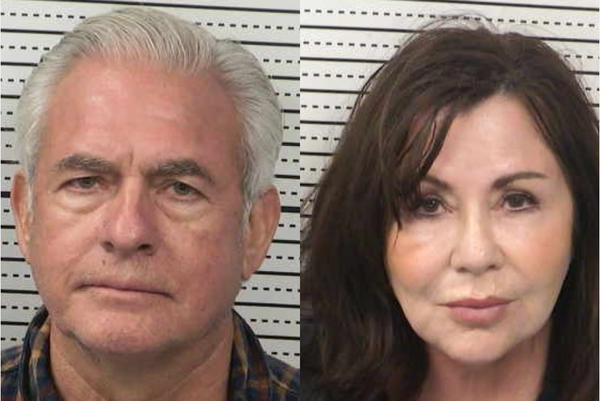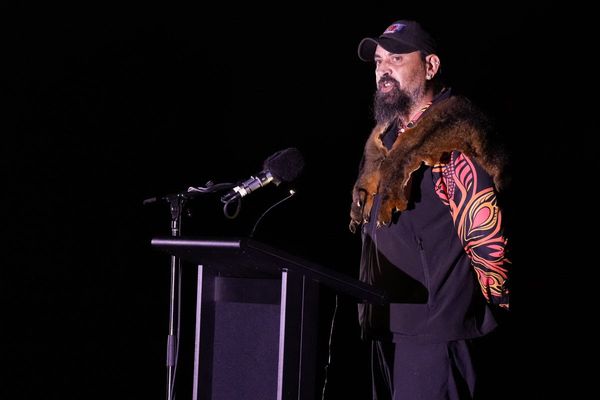PHILADELPHIA — Robberies and aggravated assaults jumped more than 80% on the Philadelphia region’s public transit system from 2019 to 2021 even as it was at times carrying fewer than half the number of passengers who rode buses, trains, and trolleys in the last pre-COVID year.
And for so many months that it has become a background chorus of life in the city, riders of SEPTA’s Market-Frankford Line have complained on social media of rampant disorder: smoking, open use of IV drugs, and human waste and garbage in stations and on trains.
Those are in many ways two separate problems, but they both feed a perception that transit is unsafe, which likely is complicating SEPTA’s efforts to recover from the pandemic. Average ridership is now at 53% of pre-COVID levels — or about 520,000 people on a typical weekday.
“We want to make sure people feel safe on SEPTA, and we’re trying to address their concerns,” Transit Police Chief Thomas Nestel III said.
He was referring both to violent crime and to the unease some riders have with the people who are homeless, in drug addiction, or dealing with mental illness who have been sheltering in the system’s stations and vehicles.
SEPTA ridership trends are driven by a variety of factors and can’t be blamed entirely on these vulnerable people, said Dave Malloy, director of mobile services at Merakey Parkside Recovery, the treatment center that has partnered with SEPTA police for the last 18 months to help people with addiction.
”It’s crazy times we’re living in, but I also know a lot of businesses aren’t opening yet, and a lot of places are on the staggered remote schedules,” Malloy said. “I feel like, in some cases, people try to scapegoat addiction for the reason why people aren’t on SEPTA.”
The transit agency is stepping up its service-based approach. Nestel and other officials have said aggressive police tactics wouldn’t work, even if SEPTA had enough officers to clear stations and ticket or arrest violators of conduct rules.
The SEPTA board recently approved $6.1 million to hire unarmed outreach specialists from three security agencies to ride trains on the MFL and Broad Street Line and patrol stations. A group of hires is going through training, and eventually there will be 88 such specialists, said spokesperson Andrew Busch.
And the transit authority has 23 of up to 51 social workers in place, he said. Six more social workers patrol with police as part of the program begun with Merakey Parkside in 2020.
SEPTA data show that robberies rose 84% on the transit system — a trend that continued early into this year.
Across the city, the picture was different. Philadelphia police reported a 12% drop in robberies compared to 2019, and aggravated assaults rose by 9%. Overall, violent crime was down 1% from 2019 — though gun violence fueled a record number of homicides, and more than 2,300 people were shot last year.
SEPTA says homicides remain nearly nonexistent on their properties. Rapes, arsons, and burglaries are also rare, and early numbers from this year point to a drop in aggravated assaults.
SEPTA data show that most of the serious crime reported so far in 2022 happened on the Market-Frankford El, which was by far the busiest of the system’s rail lines before the pandemic.
Yet the vulnerable people taking refuge in the subway are “far more likely to be victimized than to offend,” Nestel, the transit police chief, said.
The union representing SEPTA officers, Transit Police FOP Lodge 109, supports the social-work program, but having a bigger police presence would only make it stronger, said president Omari Bervine, a 15-year officer.
“We have a police staffing crisis,” he said, arguing that there’s a direct correlation between the number of officers available to patrol the system and the increase in crime.
SEPTA has 210 police officers, including command and administrative staff, Bervine said. That leaves about 150 to 160 patrol personnel, he said, and many of them are assigned to specialized units rather than walking the beat.
By the union’s reckoning, the main issue is retention, with SEPTA paying officers on average $10,000 less than the Philadelphia Police Department and about $15,000 less on average than the Delaware River Port Authority.
Nestel said it is difficult to find qualified officer candidates for what is a grueling job.
“It’s a foot-beat. You’re walking for a 25-year career,” Nestel said, as well as dealing with difficult social problems beyond policing. “There are challenges we have to counter.”
Bervine said paying better would attract more recruits.
Some drug users ride the El because they’re worried they’ll be robbed or hurt in Kensington, the city’s hub for open-air drug sales, said Nicole O’Donnell, a recovery specialist at Penn Medicine.
The city still doesn’t have enough places where people with addiction can spend the day or rest, O’Donnell said. The drop-in programs that do exist don’t allow people to use drugs inside.
For people in addiction, drug use becomes more about staving off painful withdrawal — feeling “well” — than experiencing a pleasurable high.
Helping them has become harder because of the increasing toxicity of Philadelphia’s drug supply. The powerful synthetic opioid fentanyl, which has replaced most of the city’s heroin, has a shorter half-life than heroin, meaning people enter withdrawal more quickly and the window to get them into treatment while they’re still feeling well has narrowed.
”I say this as a person in long-term recovery — it’s a different ball game today, and I’d be delusional to go up to people and say, ‘Just do what I did,’ ” Malloy said.







